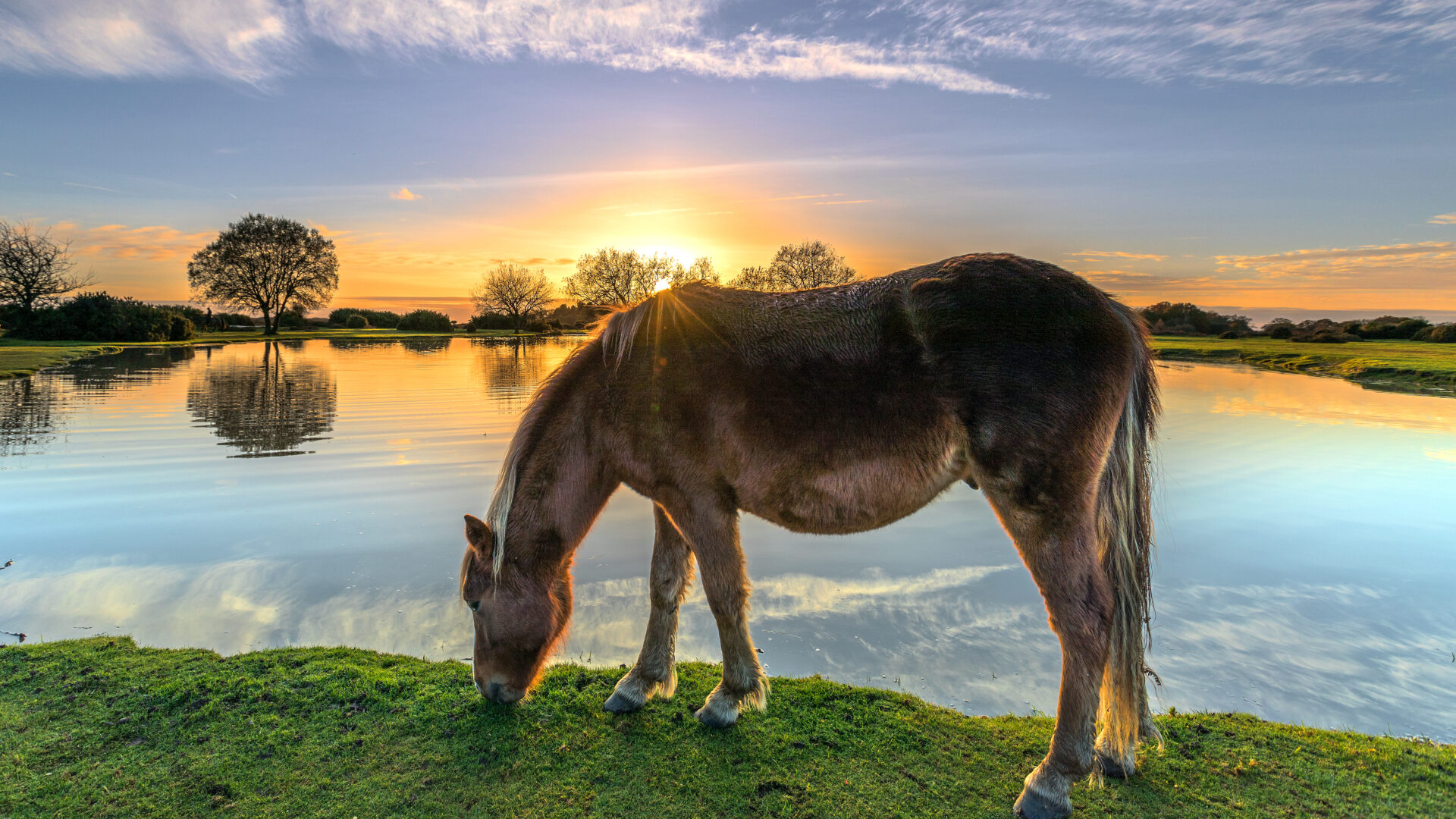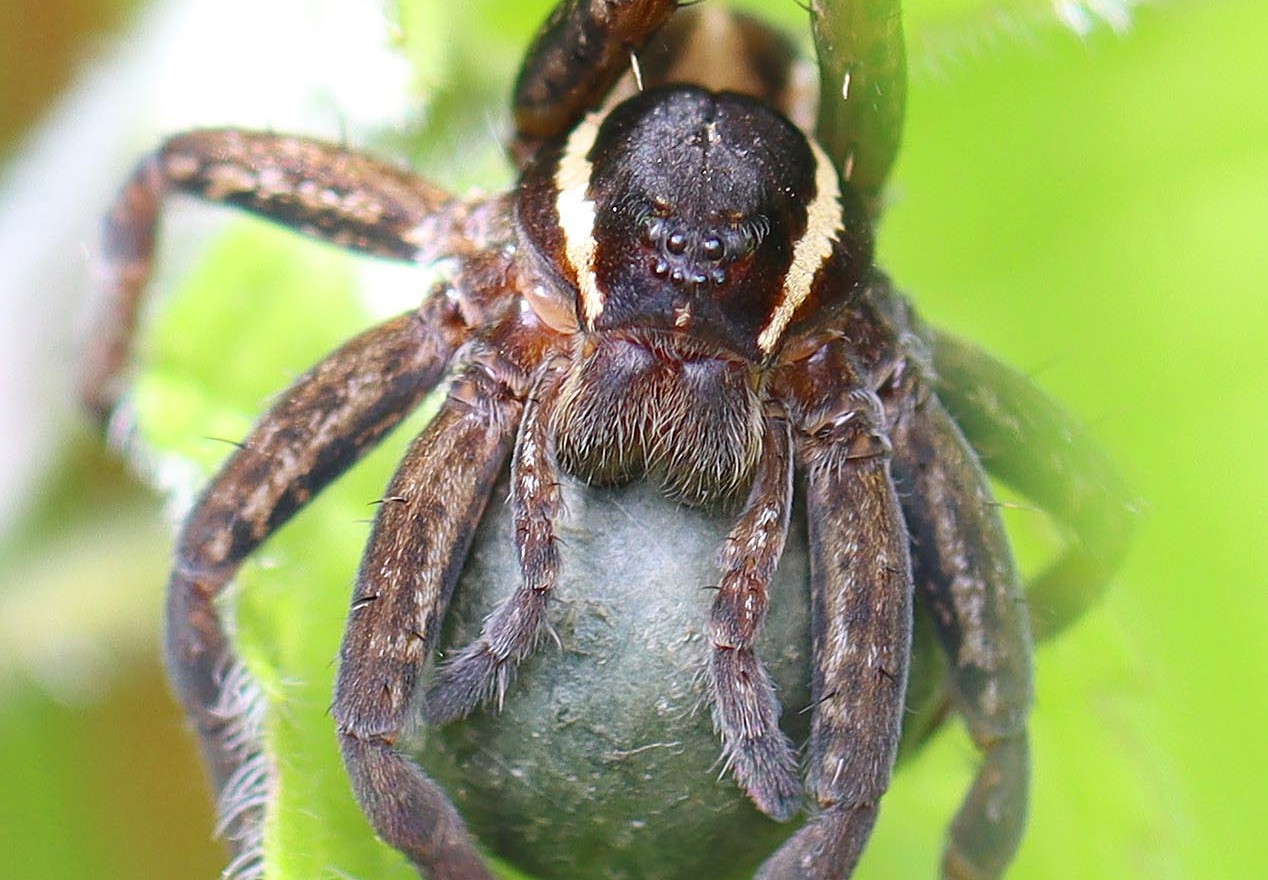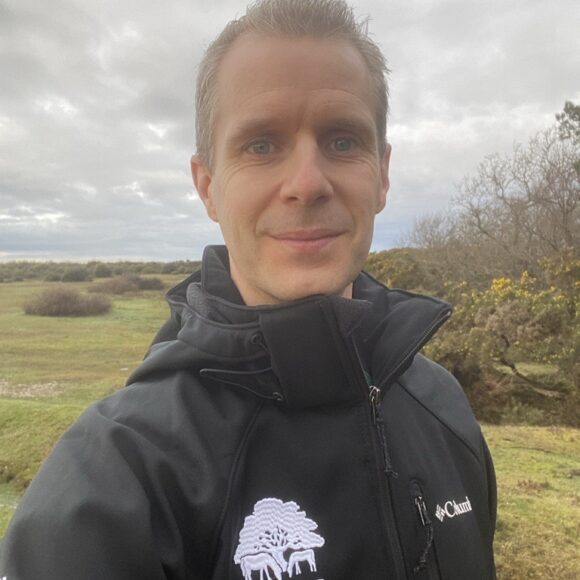
LookWild: A new era for nature in the New Forest
-
Date posted: 27/03/2025
-
Time to read: 3 mins
Home to a mosaic of diverse habitats and rich wildlife, the New Forest is one of the UK’s most ecologically important landscapes. John Stride describes how the National Park is helping nature thrive in a changing climate.
I’m John Stride, the New Forest National Park Authority’s Net Zero with Nature Programme Manager. I work with community groups, landowners, and organisations to help the New Forest be more resilient to climate change.
As our climate changes, I work to protect the National Park’s natural beauty and cultural heritage by supporting action to reduce emissions.
Restoring a biodiversity hotspot
There is nowhere on earth like the New Forest; the scale of biodiversity here is staggering. It is home to an incredible variety of plants and animals, with many of these species as rare and magnificent as animals you might see on safari, just in miniature form.

However, the New Forest has seen habitat loss and species decline over the years. We are working with partners to harness the skills and experience needed to help the landscape thrive through the next century and beyond.
This is where the Species Survival Fund project comes in – led by the New Forest National Park Authority (NPA). The NPA is bringing expertise together alongside four other partner organisations to reverse the loss of habitats and species, by enhancing 250 hectares of land across 25 sites – the equivalent of 350 football pitches.
The £1.3m project, funded by the UK Government and distributed by the National Lottery Heritage Fund, spans two years and has already revealed some fascinating insights into what lies in the Forest.
New species discovered
Wild New Forest, a community interest company that conducts ecological surveys and research projects, recorded nearly 40 rare species across 10 sites at the northern and southern fringes of the National Park. There were some surprising discoveries, too, with 150 records of 36 priority species that are classified as nationally rare or scarce.
Excitingly, around 860 species were recorded altogether during the surveys, including 370 animals, 265 plants, and 225 fungi. There is more to discover, however, as these figures only represent about 5% of the total number of species estimated to occur in the New Forest, which is recognised as an international biodiversity hotspot.

Many of the records are quite familiar in the New Forest, including the goshawk, raft spider, and wood cricket, but the unusual ones feature some exciting new discoveries. These comprise a new species of fungus for Hampshire, a newly identified pine marten hotspot revealed by trail cameras, and a pond filled with Hampshire purslane – a nationally rare aquatic plant that is almost entirely confined to the New Forest.
Working together in a changing climate
The surveys will help to ensure work on sites is targeted to increase biodiversity, including helping priority species already present in the New Forest to thrive in the future.
The partner organisations – Amphibian and Reptile Conservation, Freshwater Habitats Trust, Hampshire and Isle of Wight Wildlife Trust, New Forest Commoners Defence Association and Wild New Forest – continue to work at various sites and liaise with landowners as part of the project.
We all know the climate emergency is a global challenge; one that can sometimes feel too big and complex to tackle at a local level. We know the impact that this is having on the natural world – but nature is also part of the solution. I continue to work with partners – like those listed above – to make improvements to nature to help support it through the coming decades.
This will provide the best chance to make rare habitats robust to climate change and absorb more greenhouse gases, while retaining the unique landscape and cultural heritage of the New Forest National Park. With projects like the Species Survival Fund, we’re not just protecting what we have — we’re building resilience for what’s to come.
The SSF project is funded by the Government’s Species Survival Fund. The fund was developed by DEFRA and its Arm’s-Length Bodies. It is being delivered by The National Lottery Heritage Fund in partnership with Natural England and the Environment Agency.

Author
John Stride is the Net Zero with Nature Programme Manager for the New Forest National Park Authority

